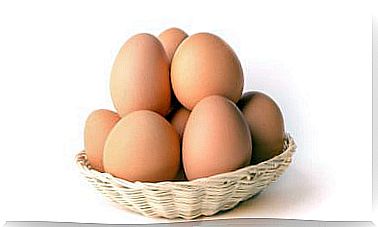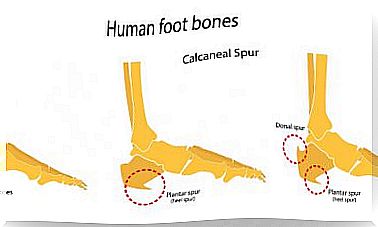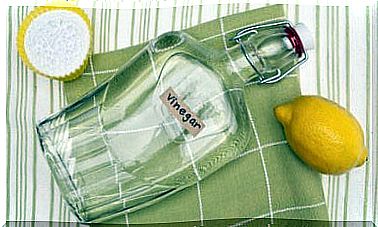How To Make The Milk Rise After A Cesarean Section?
The rise in milk after a cesarean section is usually one of the biggest concerns of mothers who go through this type of operation. However, the truth is that there is nothing to worry about. The process of breastfeeding is not related to the type of delivery. In fact, the breastfeeding process begins the moment the placenta comes out.
Either vaginal delivery or cesarean section, when the placenta comes out, the progesterone levels decline. Although there are cases in which, before delivery, the mother produces and has a descent of breast milk.
The breastfeeding process

Once the body notices the absence of the placenta, it “activates” the milk production mechanism.
At present, specialists insist that the breastfeeding process is not related to the type of delivery or the suckling of the baby. And so this information published on the website of the Ministry of Health (Spain) points out. Proof of this is the case of mothers who, unfortunately, have lost their children and, even so, their milk rises.
When progesterone decreases, prolactin increases, the hormone responsible for the production of breast milk. Thus, the process can take up to 40 hours after delivery. This would explain why the milk begins to rise little by little.
The problem of breastfeeding after cesarean section
Cesarean delivery is a very common procedure today, as many mothers, although in principle they do not present risks or complications for natural childbirth, decide to opt for this option, since they believe that the recovery will be faster.
However, cesarean section is related to breastfeeding problems due to the fact that the baby is separated from the mother just after delivery, which is why what is known as “humanized cesarean section” is claimed, which, as this published study points out in Progress of obstetrics and gynecology , having skin-to-skin contact with the baby after the intervention and having a companion at that time does not produce negative effects.
Thus, it is advisable to breastfeed the baby at birth to stimulate the rise in milk and increase production, as indicated by the same information already mentioned from the Ministry of Health.
Neonates born vaginally are instantly placed on the mother’s breast. But this, as we have commented, does not happen with those born by cesarean section. They are usually sent to a room with the nurse to wait for the mother to recover from the intervention. That early separation from the mother can have consequences for breastfeeding.
In this sense, the time that the baby spends without his mother is vital for a correct suction on his part. In addition, they are often given a bottle as the first food. This causes the little one to learn to suck incorrectly. A nipple is easier to suck on than your mother’s breast, to which you will need to apply greater force.
Being persistent in producing milk after a cesarean section

Placing the baby to suckle at your breast at birth (preferably in the first two hours) is best. And this is evidenced by this scientific article published in the medical journal Naturopathic Medicine . The pain you may feel and the thought that your baby is becoming dissatisfied can be reasons for agitation due to breastfeeding and to abandon breastfeeding. Patience and perseverance is key to producing milk after a C-section.
It is important to understand the natural process of your hormones and the external factors to which you are exposed. So, l normal rise in milk usually occur between the third and fourth day after birth, and it is normal that most babies are more hectic during those days. All this is also indicated in the information shown by the Ministry of Health on its website, which has already been mentioned previously.
In short, that the baby seems nervous does not have to be a sign of lack of milk. Putting your baby to the breast and keeping stress at bay are the best ways to speed up the milk’s rise.








